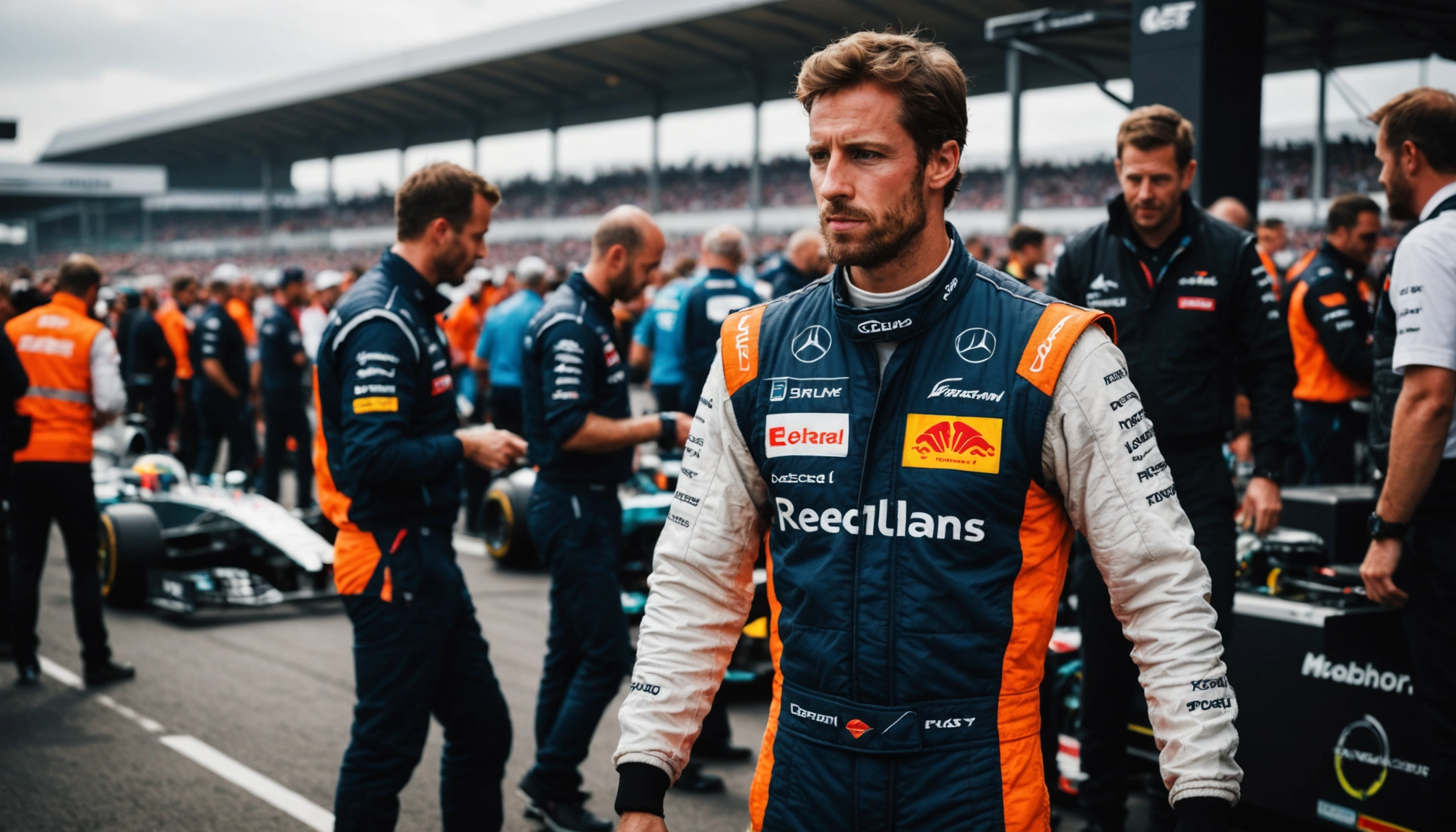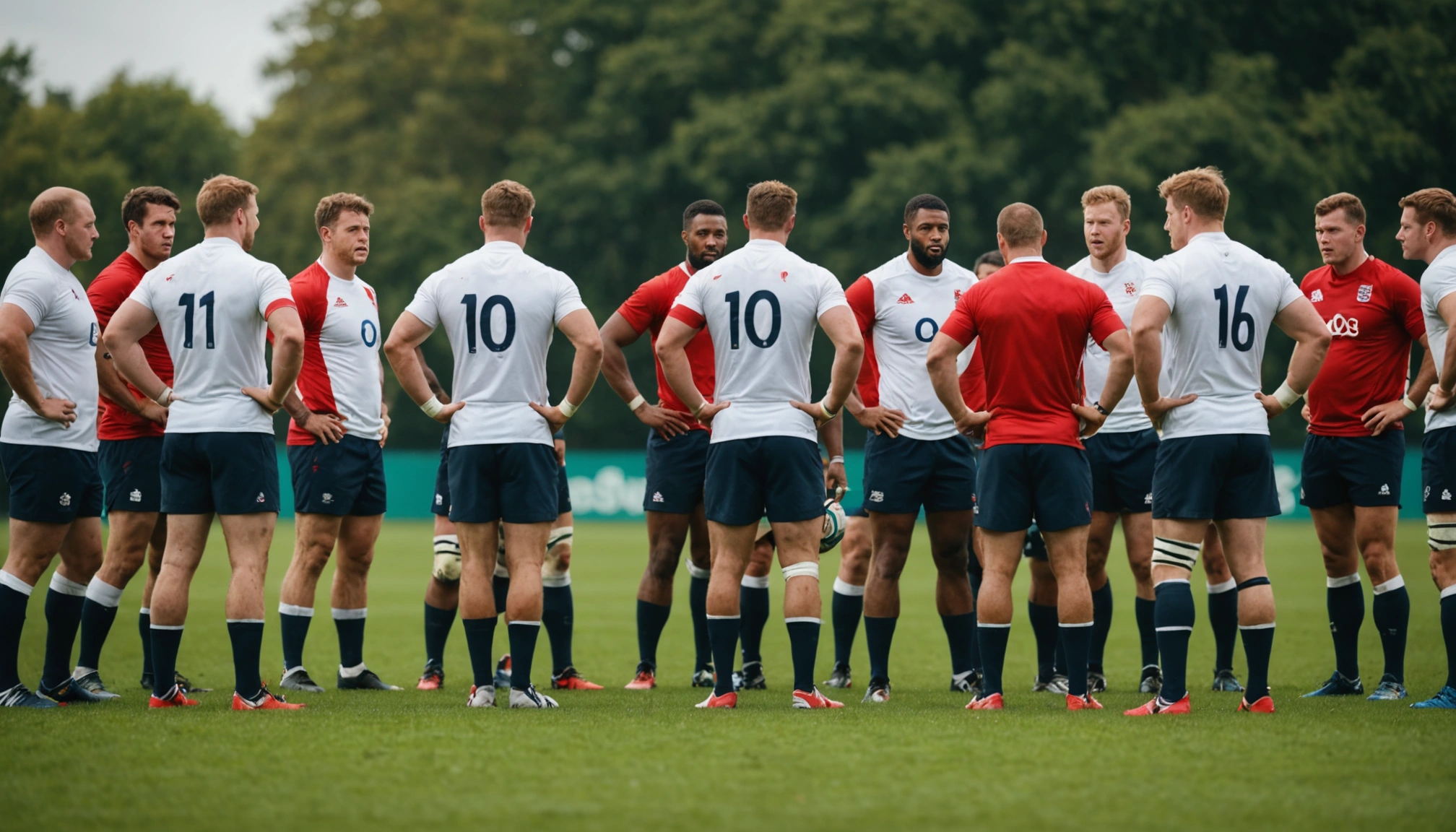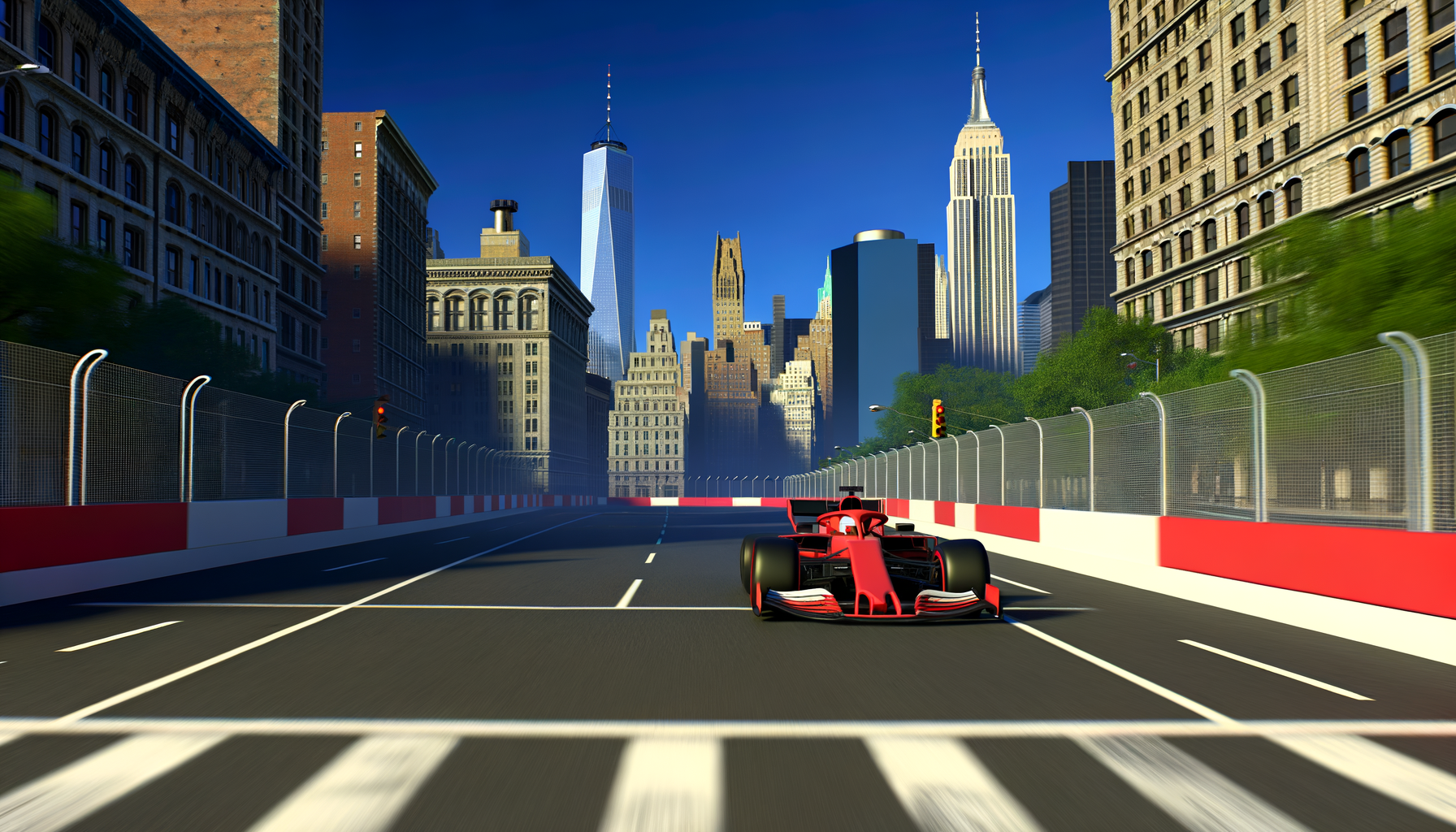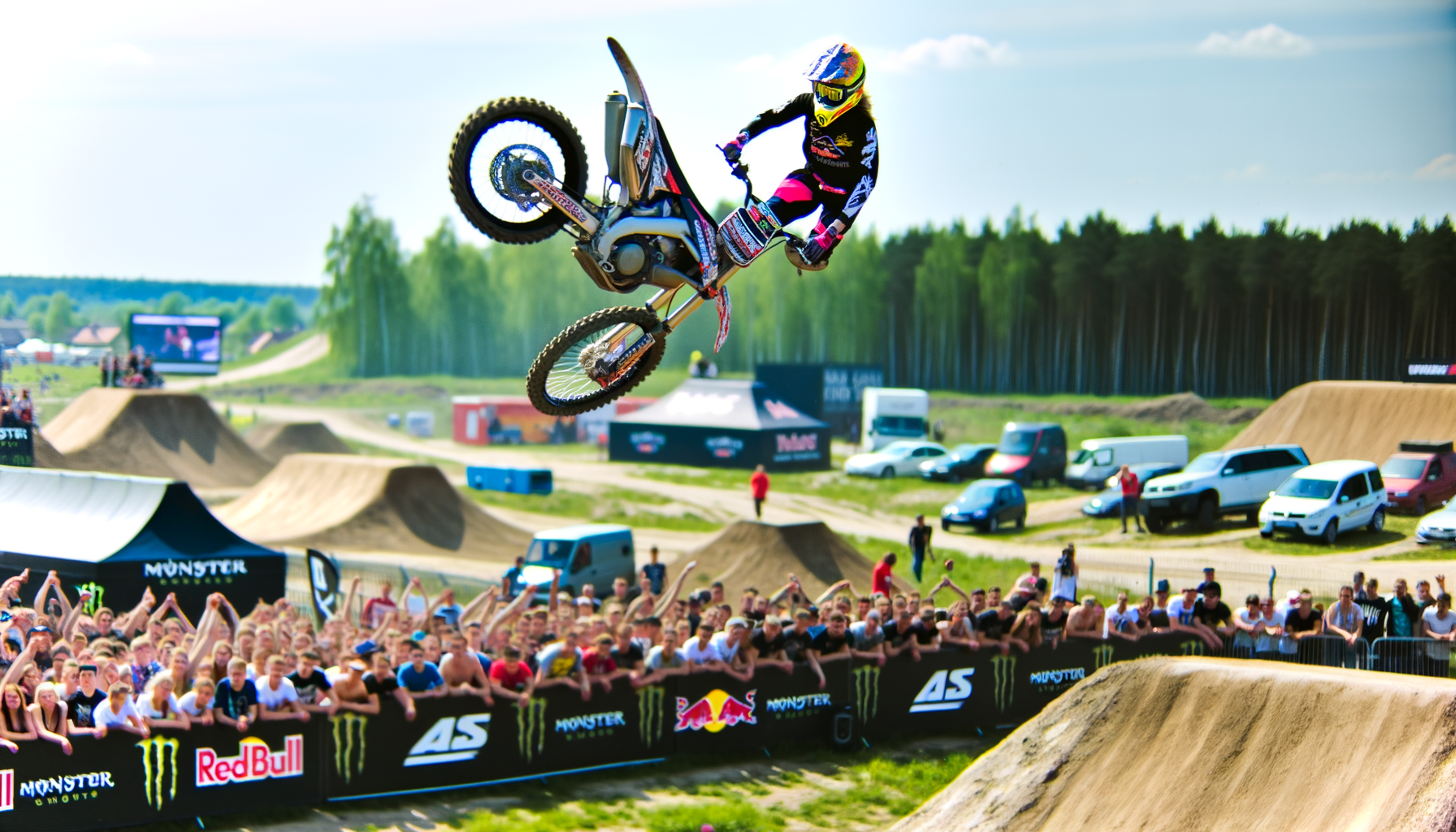F1 Drivers Reveal The Truth About Cooling Vests
Discover what F1 drivers really think about cooling vests, their benefits, drawbacks, and impact on performance during intense races.

By Editorial
Introduction To Cooling Vests In Formula 1
In the high-octane world of Formula 1, every fraction of a second counts. Drivers endure extreme physical and mental stress, especially under blistering temperatures. To combat this, many have turned to cooling vests as an innovative solution to regulate body temperature. But how effective are these vests? And what do the drivers themselves say about them? This article dives deep into the good, the bad, and the ugly of cooling vests, exploring their real impact on F1 performance.
The Benefits Of Cooling Vests For F1 Drivers
Cooling vests are designed to lower a driver’s core body temperature before and during races. With cockpit temperatures often soaring above 50°C, overheating can impair concentration and physical endurance. Many drivers credit cooling vests for helping maintain focus and reducing fatigue.
- Improved endurance: By keeping body temperature down, drivers avoid early exhaustion, which is crucial in long races.
- Enhanced concentration: Cooler drivers report better decision-making and reaction times, vital for split-second manoeuvres.
- Faster recovery: Cooling vests help drivers recover more quickly between practice sessions and qualifying rounds.
For example, during the 2023 Monaco Grand Prix, several drivers noted the clear advantage of wearing cooling vests amid the intense humidity and heat. This technology is becoming a staple in pre-race preparation routines.
The Drawbacks And Limitations Of Cooling Vests
Despite their benefits, cooling vests are not without faults. Drivers have pointed out several limitations:
- Bulk and comfort: Some cooling vests can be restrictive or uncomfortable under the racing suit, affecting movement.
- Limited cooling duration: The cooling effect usually lasts for a limited time, requiring careful timing and reapplication.
- Weight concerns: Additional weight from the vest and cooling elements can be a drawback in a sport where every gram matters.
Lewis Hamilton once mentioned that while the cooling vest helped initially, its benefit faded during the latter stages of the race, meaning drivers still had to rely on hydration and personal endurance. This highlights the importance of integrating cooling vests with other heat management strategies.
Case Studies From The F1 Grid
Several teams have customised cooling vest solutions tailored to their drivers' preferences. Mercedes AMG Petronas, for example, developed lightweight vests with gel packs that freeze rapidly and maintain a consistent temperature longer. Meanwhile, Red Bull Racing experimented with phase-change materials that absorb heat efficiently.
These innovations stem from extensive feedback from drivers, balancing effectiveness with comfort. The collaboration between engineers and athletes is crucial to refining these devices.
How Cooling Vests Affect Race Strategy
Managing driver temperature can influence pit stop timing and overall race tactics. Cooler drivers tend to maintain steadier lap times, reducing the risk of errors caused by overheating. Teams monitor biometric data closely, using it to decide when to call drivers in or adjust race pace.
For those interested in the wider sports landscape, recent updates like Premier League top scorers who is leading the charts in 2024 show how athlete performance data is increasingly central across sports.
Common Misconceptions About Cooling Vests
Some critics argue that cooling vests offer a psychological boost rather than a physical one. While the placebo effect cannot be ignored, scientific studies confirm that lowering core temperature improves endurance and cognitive function.
Another misconception is that cooling vests can replace hydration. In reality, they complement hydration strategies but cannot substitute the need for adequate fluid intake during races. Drivers must strike a balance between cooling aids and traditional methods.
The Future Of Cooling Technology In Motorsport
Looking ahead, cooling technology continues to evolve. Emerging materials that adapt to temperature changes and smart vests with biometric sensors could revolutionise how drivers manage heat stress. Integration with team data systems might provide real-time cooling adjustments, optimising performance continuously.
As Formula 1 embraces sustainability, cooling systems that are energy-efficient and environmentally friendly will gain importance. Innovations here could also influence other sports, as seen in recent developments covered by Chris Froome’s recovery and training news, where athlete care is paramount.
Conclusion: Are Cooling Vests Worth It For F1 Drivers?
Cooling vests offer tangible benefits in managing the extreme heat faced by F1 drivers, enhancing endurance and focus. However, they are not a silver bullet and must be used alongside other strategies like hydration and conditioning. Drivers’ honest feedback highlights the need for ongoing innovation to improve comfort and cooling duration.
For motorsport enthusiasts and athletes alike, the evolution of cooling technology marks an exciting frontier in sports performance. To stay updated on similar sports innovations and stories, explore Sky Sports football watchalongs with Man Utd legends for a blend of classic and modern sports entertainment.
Actionable Takeaways
- Cooling vests help maintain driver performance under extreme heat but have limitations in comfort and duration.
- Integration with hydration and physical conditioning is essential for optimal results.
- Future innovations will likely focus on smarter, lighter, and more sustainable cooling solutions.
- Monitoring biometric data is key to maximising the benefits of cooling technology in racing and beyond.
Related topics
Editorial
Sports expert at SportsScoop
Specialist in sports analysis and journalism
Related articles
Want to read more?
Explore our comprehensive collection of sports articles and analysis, or contact us for more information.



